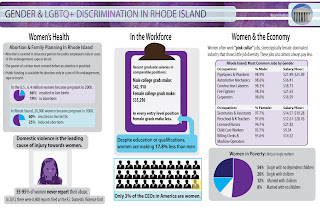Kevin, Sarah, and I made our case study for My Happy Shirts, and it was later presented at the SEEED conference.
Our case study introduced the venture we were working with, identifying its goals, missions, and possible opportunities.
When our case study was finished, we started to work on our final projects. Some of us decided to work with new ventures or on new ideas, but Kevin and I decided to stick with working on and researching the orphan crisis.
In the end, our final acted as a definition and, we hope, a wake-up call. Kevin and I soon learned that the orphan crisis is one of the most pervasive problems we have to face, as it is the result of a countless number of issues - poverty, warfare, healthcare, education, and environmental factors, to name a few - while simultaneously propagating the very same cycle.
I made a perceptual map highlighting some of the factors that are both a cause and effect of the orphan crisis:
As you can see, the idea of fighting the orphan crisis is really quite different than the reality. How can you choose one area to combat? Is focusing on one area a futile cause?
Kevin and I struggled with the actual effectiveness of any possible solutions we came up with. Since the problem was so large and daunting, any small-scale attempt might feel more pointless than powerful, despite how much it is really helping.
After trying to narrow our focus to one or two sectors - for example, healthcare for refugees, or family planning in less developed countries - we also learned that a lot of these organizations exist but are operating independently in different spheres. We saw the value in trying to unite all of these organizations, to show them that the problems they face are connected and that they can help each other.
To do this, we felt that the first step was to show that the orphan crisis is, in some ways, passed on as if it were heritage. We wanted to connect people to an individual story and show them that people are subject to circumstances outside of their control, and without help, this cycle of misfortune continues throughout generations, both domestically and internationally.
Kevin and I decided that an online platform would be most accessible, and wanted to create different stories that would appeal to a broad audience. Kevin worked on the interactive side of the project - how our stories would act almost like pop-up books where users could click on different symbols on the page and be shown data and statistics about the orphan crisis. I worked on creating one of the more in-depth stories which highlighted the moment of impact that our cause could have.
The purpose of this story was to show that knowledge really is power. While we may never be able to control the unpredictable situations life brings us, we do have the capability to expose and alleviate the cyclical nature of the orphan crisis, and finally bring attention to the "Unseen, Unheard, Unbroken" members of our global society; young and vulnerable children left without parents, family, or guardians to support them.














